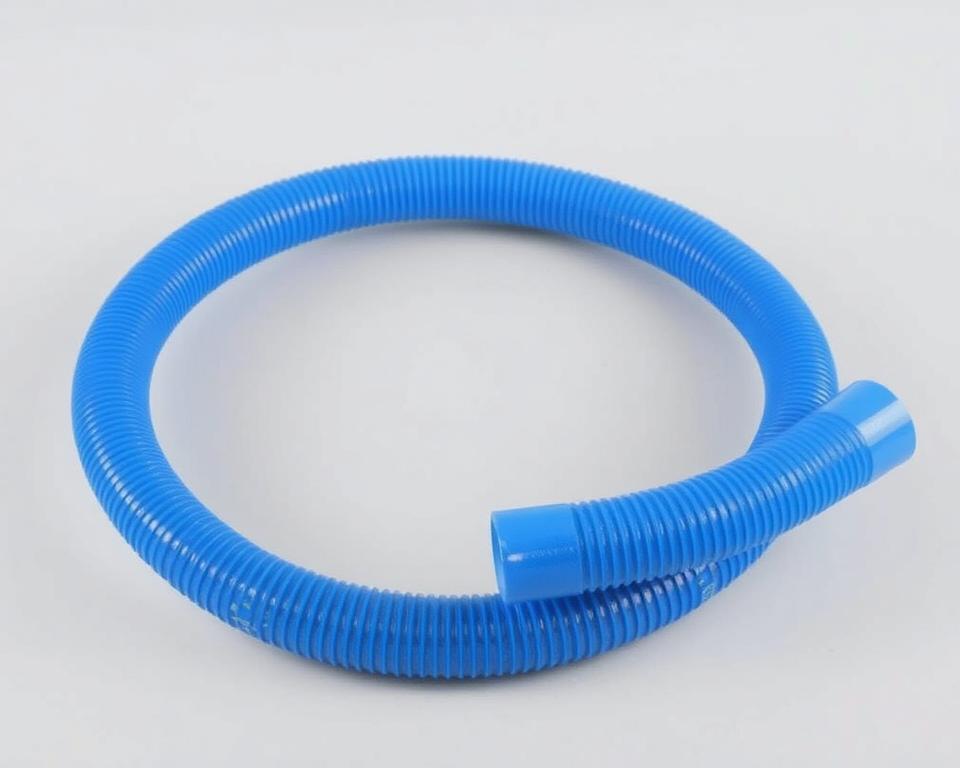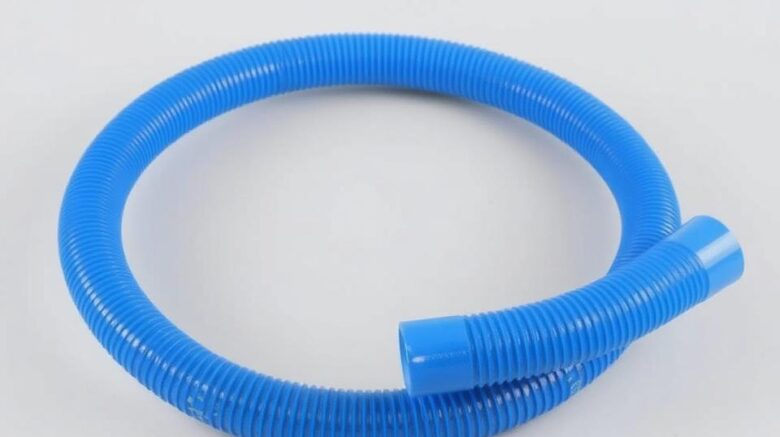Your Complete Guide to PVC Pipe in Compressed Air Systems
Did you know that a ruptured compressed air system can release energy equivalent to a stick of dynamite? Despite the hazards, numerous workshops continue installing piping systems from unsafe materials. This guide explains why safety should come first when using PVC air hose.
Even as interest rises, OSHA bans these materials for above-ground compressed air. Repeated contact with compressor oil and thermal cycling makes them brittle, causing explosive failures. Even at “safe” pressure ratings, the risk of explosions remains high.
Turn to Installation Parts Supply for sturdy aluminum systems. Spending on the right materials prevents OSHA penalties and protects employees. Discover steps to construct a secure system.

Salient Features
- Explosion danger leads OSHA to outlaw some pipe materials.
- Pressure ratings drop as temperatures fluctuate.
- Material becomes brittle with age, upping rupture chances.
- Aluminum lines deliver a far safer option.
- Spending on correct materials avoids penalties and injuries.
Why You Shouldn’t Use PVC for Compressed Air
PVC makers caution never to employ it in high-pressure air setups. Unlike water, compressed air stores explosive energy—a ruptured line can release force comparable to dynamite. Material selection is the linchpin of air-system safety.
- Brittleness: Cold snaps make pipe walls brittle and prone to cracking.
- Adhesive failures: Temperature changes and oils cause adhesive joints to fail.
- Misleading ratings: Ratings halve by 110°F, a common shop temperature.
A facility faced a $110k penalty when PVC shattered and harmed employees. Compression heating lowers allowable pressure even more—often ignored.
“Above-ground use of certain plastics for compressed air violates OSHA standards due to explosion risks.”
Steel and aluminum curve under stress instead of shattering. Plastic shrapnel from explosive failures can travel over 50 feet, embedding in walls or equipment.
Workshops face daily temperature fluctuations that accelerate material degradation. A decade’s UV and chemical attack weakens plastic, so small leaks too often balloon into disasters.
Safe Alternatives to PVC Pipe for Air Compressor Lines
Aluminum air lines deliver superior safety and leak reduction. With 90% fewer leaks than black pipe, they’re a top choice for modern facilities. Lightweight, rust-proof aluminum stands up to years of service.
Threadless modular aluminum assemblies speed assembly. Installation Parts Supply stocks ready-to-snap aluminum modules. One auto factory trimmed labor hours by 40% via aluminum retrofits.
- Copper: Ideal in sterile environments for its germ-killing copper surface. Requires soldering expertise.
- Stainless Steel: In seaside shops, stainless steel won’t corrode.
- ABS/HDPE: For solvent-rich environments, ABS/HDPE stays intact.
“Our aluminum retrofit reduced energy waste by 15%—paying for itself in 18 months.”
Torque matters. Over-tightened fittings crack, while loose ones leak. Aluminum fittings generally torque to 25–30 ft-lbs—follow the guide.
For food-grade applications, NSF-certified options ensure air purity. Choose pipe rated for your specific operating environment.
Material Selection Guide for Compressed Air
Balance budget, safety, and performance when choosing pipe. One plant slashed $12k per year by adopting aluminum lines. Use this guide to select the optimal material.
| Material | Cost (per ft) | Maintenance | ROI Time |
|---|---|---|---|
| Aluminum | $8.50 | Low | 18 months |
| Black Pipe | $5.00 | High | N/A |
| Copper | $10.20 | Medium | 24 months |
Temperature matters. Aluminum handles -40°F to 200°F, while plastics crack below freezing. For chemical-heavy environments, stainless steel resists solvents.
Pro Tip: Calculate ROI using CFM loss formulas. A 10% leak in a 50 HP system wastes $3,500 yearly.
- Ensure your pipe PSI rating exceeds system pressure.
- Check OSHA compliance for weld inspections and pressure tests.
- Request a free system audit from Installation Parts Supply.
“Our aluminum retrofit cut energy waste by 15%—paying for itself in 18 months.”
DIY installations work for small shops, but professionals ensure leak-free joints. Always verify warranty terms—some materials cover 10+ years.
In Summary
Safety outweighs sticker price in compressed-air piping. Ninety-two percent of pipe failures occur in aging lines, frequently causing injuries. Pick aluminum for near-perfect reliability.
Remember:
- Avoid brittle materials that shatter under pressure.
- Choose rust-proof metals over plastics.
- Failing to comply can cost you big in fines and claims.
Time to make the switch? Get instant quotes and special offers from Installation Parts Supply. Download our free maintenance template or call for emergency replacements.
Commit to safer piping today—your team’s safety depends on it.
